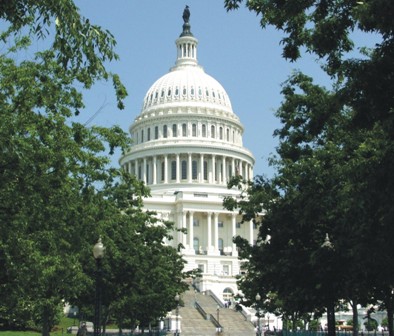Latest Congressional Estimate of Farm Bill Demonstrates Value of Dairy Security Act
March 8, 2013
 Congress’ failure to pass a farm bill last year is proving costly. New preliminary cost estimates from the Congressional Budget Office (CBO) have revised upward the price tag of the farm bills that moved through the House and Senate last year. The bills still show budget savings over current farm programs – saving billions of dollars over a ten-year period – but the projected savings have been reduced by new economic projections.
Congress’ failure to pass a farm bill last year is proving costly. New preliminary cost estimates from the Congressional Budget Office (CBO) have revised upward the price tag of the farm bills that moved through the House and Senate last year. The bills still show budget savings over current farm programs – saving billions of dollars over a ten-year period – but the projected savings have been reduced by new economic projections.
CBO estimates that the Dairy Security Act (DSA), which was part of both the Senate-approved and the House Agriculture Committee-approved farm bills, will still provide a cost-effective safety net for America’s dairy farmers, but the new revisions project the program would cost slightly more than last year’s projection. CBO also reduced its “baseline” calculation of what current dairy programs would cost over the next five years if they were extended. Last year, CBO said current dairy law would cost $248 million during the 2013-17 period. Despite their new projection showing lower dairy market prices than in last year’s estimate, CBO’s new preliminary five year estimate of current dairy law fell from $248 to $161 million. Information released by CBO with the new estimates does not explain how current programs could be projected to cost less when the same projections indicate future lower milk prices.
Even with the new preliminary estimate, the dairy plan of margin protection and market stabilization represents less than one-twentieth of one percent of the cost of the overall farm bill. That is by far the lowest cost of any of the major farm commodities covered in the farm bill.
CBO now calculates that enacting the Senate-passed bill would bring total U.S. Department of Agriculture spending from 2014 to 2023 to $963 billion. The House bill would cost $950 billion over the same period. The Supplemental Nutrition Assistance Program, or food stamps, makes up roughly 80 percent of the legislation’s cost.






